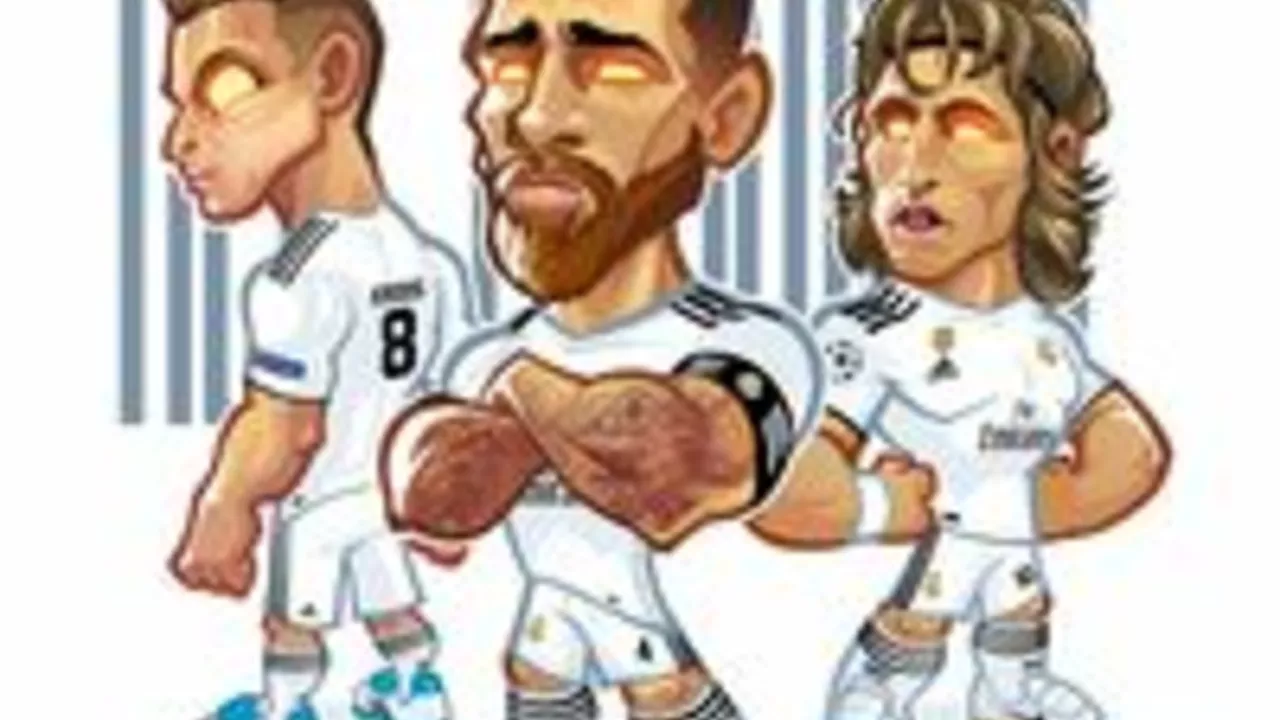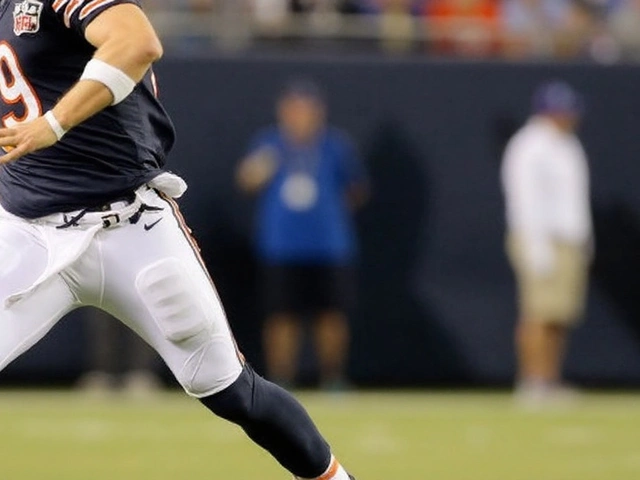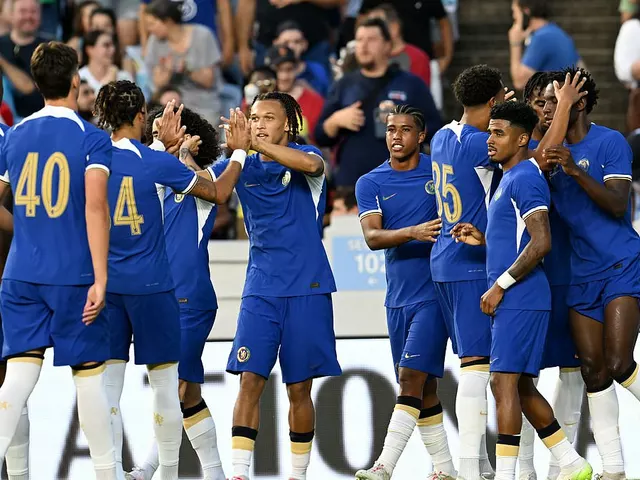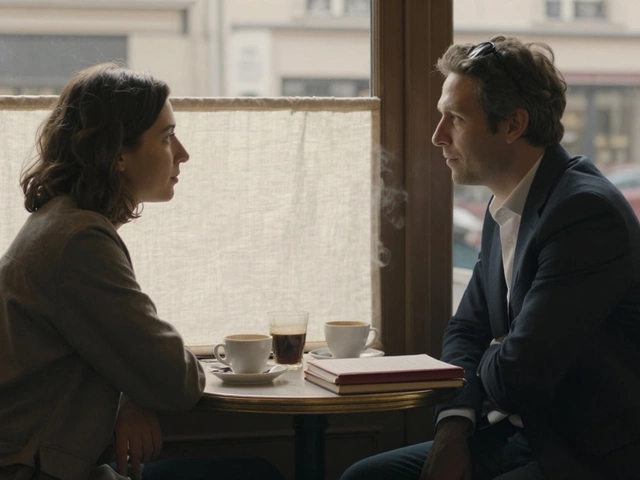
Soccer Teams Agree to Play for a Draw? The Real Story Behind the Stalemate
Ever wondered if two clubs ever sit down and decide, “Let’s finish 1‑1 and call it a day”? It sounds like a plot twist from a drama, but the idea pops up whenever a match ends without a winner and the stakes are oddly balanced. In this article we break down why teams might aim for a draw, look at a few real‑world examples, and discuss what it means for the game you love.
Why Would a Team Want a Draw?
First off, a draw isn’t always a disappointment. When a league table is tight, a single point can keep a club safe from relegation or lock them into a European spot. In those moments, the risk of chasing a win – losing the lead, getting a red card, or exposing defensive gaps – can outweigh the reward. Managers may tell their players to stay compact, avoid risky forward passes, and simply hold the line. That tactical discipline can look like an agreed‑upon draw, even if no secret handshake happened.
Another driver is cup competitions with two‑leg ties. If a team wins the first leg by a slim margin, the second leg becomes a game of protecting that advantage. Coaches might instruct their squad to “play for the draw” to see the tie through without giving the opposition a chance to overturn the score. Again, it’s a strategic choice rather than a conspiracy.
Did It Really Happen? Real Cases
There are a few notorious stories that fans still argue about. One classic example comes from the early 1990s in the English First Division. Two mid‑table clubs faced each other in the final round, both needing a point to avoid relegation. Reports suggest the managers exchanged quick nods before kickoff, and the game ended 0‑0 with few genuine attacks. Whether it was a silent agreement or just cautious play is still debated, but the outcome fit the “play‑for‑draw” narrative.
Another case involves a South American league where a championship‑deciding match ended 2‑2. Both sides had already secured a spot in the continental tournament, so the title was already settled. Players from both teams seemed content with a draw, and the match lacked the usual end‑to‑end intensity. Again, no proof of a formal pact, but the circumstances made a draw feel natural.
These stories illustrate a pattern: when the stakes align and the risk of a loss outweighs the reward of a win, teams can drift toward a stalemate without any secret deal. The perception of an agreement often stems from the lack of offensive ambition rather than a documented handshake.
So, should fans be outraged? Not necessarily. Football is a game of strategy, and sometimes the smartest move is to settle for one point. What matters is transparency – if a manager openly declares a defensive approach, fans know what to expect. Hidden agreements, however, would undermine trust and the sport’s integrity.
Bottom line: draws happen for many reasons. While a few controversial matches raise eyebrows, most draws are just part of the tactical chessboard. Keep an eye on the stakes, listen to what the coach says before kick‑off, and you’ll spot whether a draw is a plan or just a natural outcome of a tight contest.
-
31 Jul




